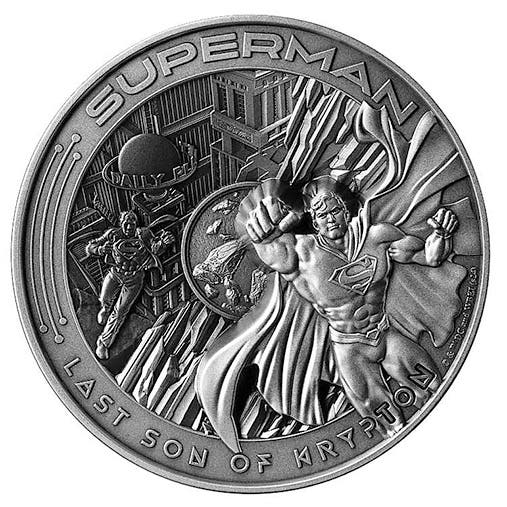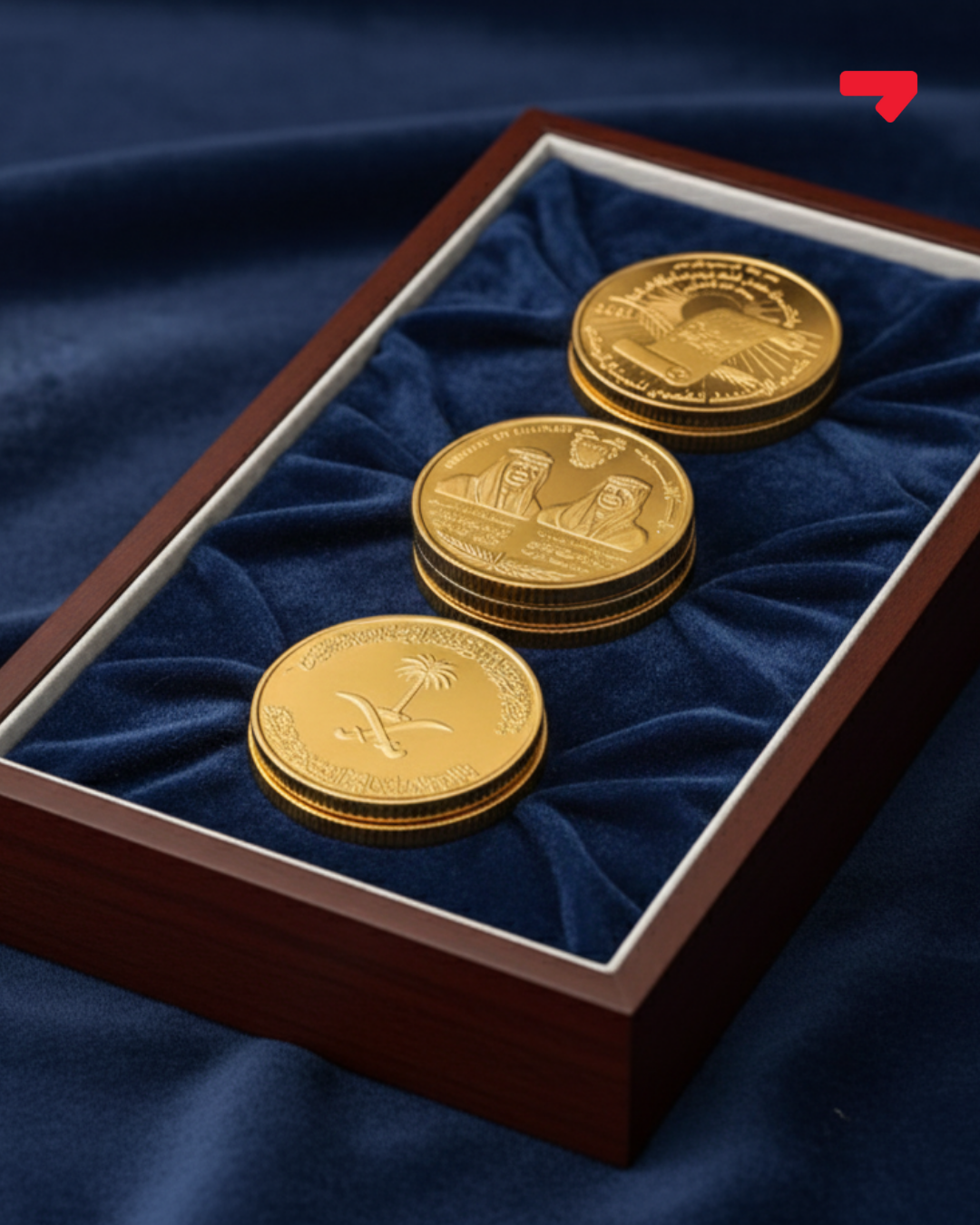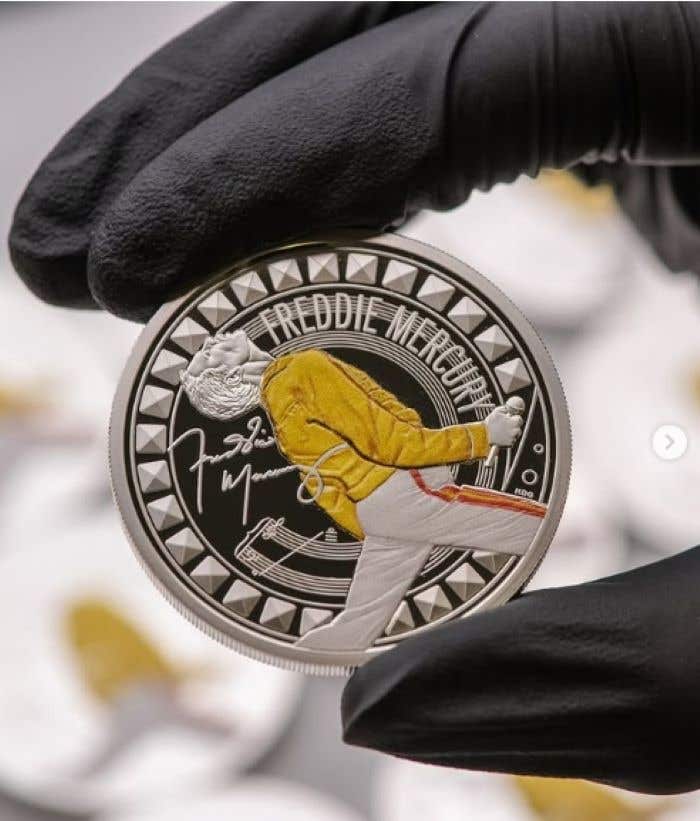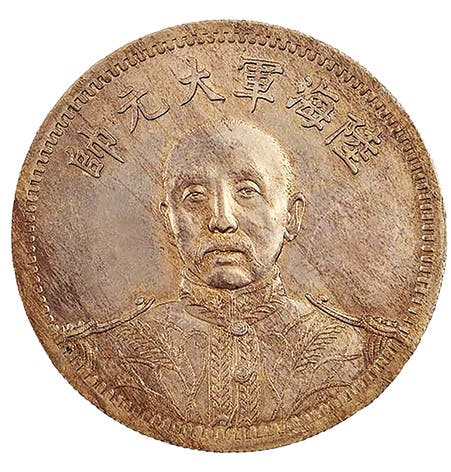Euro Cent Coins Being Reconsidered
As America moves toward getting rid of the penny—will Europe’s smallest coins be next on the chopping block?
U.S. cents dated 2025 will likely be scarce due to a presidential order ceasing their production. This declaration is likely long overdue, considering it costs more than triple the face value of the cent to produce one.
It isn’t clear who advised U.S. President Donald Trump about the cost of minting a cent, but once it was learned, cent production was quickly stopped.
The European Union has been wrestling with the future of its 1—and 2-cent euro coins for some time. The two lowest denomination coins have the same problems as their U.S. counterparts. They are of little use due to their diminished purchasing power and cost more than their face value to produce.
There is one difference between what the United States has done and what the EU might do. For some reason, the U.S. president just learned of the expense minting 1-cent coins has placed on taxpayers.
In the EU, the National Cash Forum (NCF) has been tracking the problems associated with the 1- and 2-cent euro coins for some time. The problem has never been a secret.
Furthermore, a public opinion survey called “Eurobarometer,” which has been regularly conducted by the European Commission and other EU institutions since 1974, has also evaluated the favorability of the two coin denominations.
The two denominations have not been officially abolished by any EU member; however, several nations have implemented official price rounding procedures when making cash payments. Rules involving rounding prices up or down to the nearest five cents are in place in Belgium, Estonia, Finland, Ireland, Italy, the Netherlands, and Slovakia. Estonia is the latest EU member to cease minting the two denominations. In Finland, neither denomination coin has to be accepted by merchants.
The “Eurobarometer” surveys many different topics. Survey results are made public via the European Commission’s Directorate-General Communication. The questions recently answered included whether EU citizens favor abolishing the 1—and 2-euro cent coins in the euro area and applying mandatory up-and-down rounding of the final purchase sum in shops and supermarkets. More than six out of 10 respondents favored abolishing the two coins, agreeing that price-rounded policies would work.
Germany’s Bundesbank, or central bank, established a National Cash Forum in 2024, representing retail trade, banking associations, cash-in-transit companies, and consumer protection organizations.
The Bundesbank recently stated, “The Federal Ministry of Finance is asked to advocate for a statutory rounding rule in Germany and to push this forward. The rounding rules should be as uniform as possible in Europe.”
The NCF wants the Federal Ministry of Finance to advocate for a binding statutory rounding policy. According to Bundesbank board member Burkhard Balz, “Overall, the economic and ecological costs of producing, packaging, and transporting 1—and 2-cent coins are high in relation to their face value. If we did away with the circulation of 1—and 2-cent coins, cash would become more attractive for users. It would also make the cash cycle more sustainable and efficient.”
Statistics show that the two coin denominations are returned to EU national central banks with less frequency than those with higher denominations. This suggests that many of the coins are either being hoarded or lost.
The question that appears to be facing the EU is why no one is making an executive decision to pause or eliminate the two coins. Countries, including Australia and Canada, dropped their lowest denomination coins some time ago due to a lack of economic need and production costs.
Over the past several centuries, the British have seen denominations such as the third and half farthing, farthing, and halfpenny disappear from circulation for the same reasons. The U.S. half-cent is gone, as is the large cent, and so is the copper composition cent!
The European Central Bank continues to decide the fate of the two coins. There are concerns about systematic rounding problems should the coins be demonetized. Marketing strategies would be altered should the coins be eliminated. Charities and donations might be impacted negatively.
There are cash-dependent groups to consider. The coins also have cultural and historical value. In the meantime, the 1—and 2-cent euro coins continue to be circulated.
You may also like:









